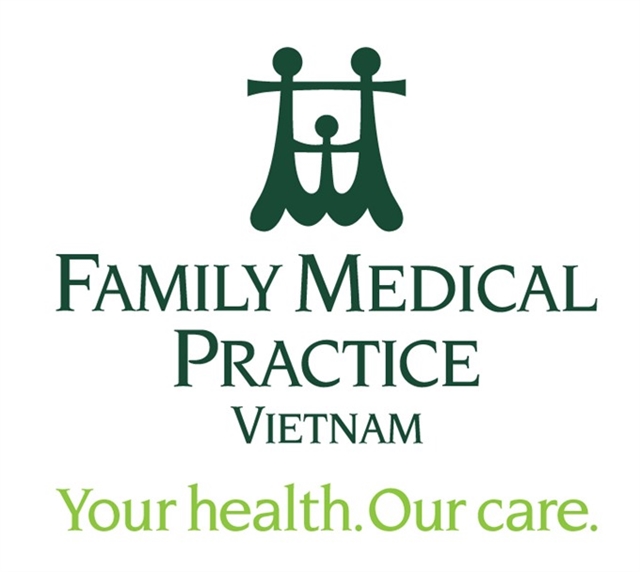 Life & Style
Life & Style


|
By Dr Brian*
Clinical Overview
Herpes zoster, also known as Shingles, is caused by the reactivation of the Varicella virus, the same virus that causes Chickenpox.
Primary infection with Varicella virus causes chickenpox, and once the illness resolves, the virus remains dormant in the dorsal nerve root. Varicella virus can reactivate later in a person’s life and cause a painful rash called herpes zoster.
Anyone who has had varicella or gotten the varicella vaccine can develop herpes zoster. Typically most have only one episode of herpes zoster in their lifetime. However, second and even third episodes are possible. The incidence for herpes zoster is approximately 4 cases annually per 1,000 in developed countries. The incidence among people 60 years of age and older is about 10 cases per 1,000 population annually.
Clinical Features
People with herpes zoster most commonly have a rash in one or two adjacent dermatomes (an area of skin supplied by one nerve only). The rash most commonly appears on the trunk along a thoracic dermatome. The rash does not usually cross the body’s mid-line.
The rash is painful, itchy or tingling. Headache, photophobia, and malaise may occur in the pre-rash phase.
The rash develops into clusters of clear vesicles. New vesicles continue to form over three to five days and progressively dry and crust over. They usually heal in a few weeks.
Complications
Postherpetic neuralgia (PHN) is the most common complication of herpes zoster. PHN is diagnosed in people who have pain that persists after their rash has resolved. PHN is defined as duration of pain for more than 30 days after rash onset.
Other complications of herpes zoster include:
· Eye involvement with acute or chronic ocular inflammation and scarring if not treated
· Bacterial superinfection of the lesions
· Rarely, nerve palsies
Transmission
People with active lesions caused by herpes zoster can spread Varicella virus, by direct contact, to susceptible persons who have not had chickenpox nor were immunized against chickenpox. If this happens, they are at risk of developing chickenpox, not herpes zoster. The lesions are infectious until they dry and crust over.

|
Risk Factors
Only people who were previously infected with Varicella virus (through natural infection that caused varicella or varicella vaccination) can develop shingles.
A person's risk for herpes zoster increases sharply after 50 years of age. About 50 per cent of people who live to 85 years of age will have had an episode of herpes zoster.
People with compromised/suppressed immune systems who have an increased risk for herpes zoster include those with cancer, HIV, transplant recipients or patients taking steroids or chemotherapy.
Chronic stress can depress the immune system and may help precipitate H. Zoster.
Some countries now promote a shingles vaccine designed to reduce the incidence and complications of Herpes Zoster in their older populations.
Treatment
[1] Pain control
The oral narcotic e.g. Tramadol and the oral anticonvulsant gabapentin, as well as the topical lotions such as Calamine and/or lidocaine have proved capable of reducing acute zoster-associated pain in many studies. Some consider oral steriods to be of value but there is not much evidence to commend their use.
[2] Antiviral agents
Acyclovir and its derivatives are safe and effective in treating active disease and preventing PHN.
Antiviral therapy for herpes zoster may decrease the length of time for new vesicle formation, the number of days to attain complete crusting, and the days of acute discomfort. Usually, the earlier antiviral medications are started, the more effective they are (within 72 hours). Family Medical Practice
* Living in Hà Nội since 2006, Dr Brian is presently Medical Director of Family Medical Practice Hà Nội. Graduated in the UK, he has practiced medicine principally in Canada (1981-2005) until coming to Việt Nam. Post graduate medical training includes Cambridge University (Chronic Disease Epidemiology and Biostatistics), University College London (Tropical and Infectious disease) and University of Toronto Hospitals (Hospital for Sick Children – Hematology and Bone Marrow Transplant) and Mt Sinai Hospital (Hepatology – Clinical trials experimental liver/virology unit 1997-2006). He has conducted medical research, worked and lectured in various countries on infectious disease topics, epidemiology and liver disease (Canada, Việt Nam, Cambodia, Philippines). He is also weekly co-host of Radio the Voice of Việt Nam’s (VOV5) ‘Doctor at Home’.
For more advice on any medical topics, visit Family Medical Practice (FMP) Hà Nội at: 298 I Kim Mã, Ba Đình. Tel: (024) 3843 0748. Email: hanoi@vietnammedicalpractice.com.
FMP’s downtown Hồ Chí Minh City location is: Diamond Plaza, 34 Lê Duẩn, District 1; 95 Thảo Điền St, Dist 2. Tel: (028) 38227848. Email: hcmc@vietnammedicalpractice.com
FMP Đà Nẵng is located at 96-98 Nguyễn Văn Linh St, Hải Châu Dist, Đà Nẵng. Tel: (0236) 3582 699. Email: danang@vietnammedicalpractice.com




